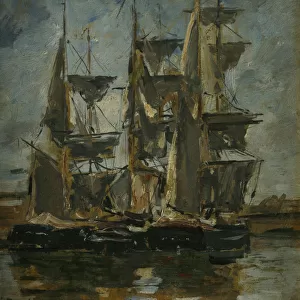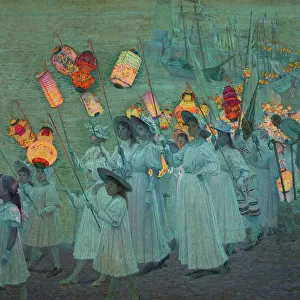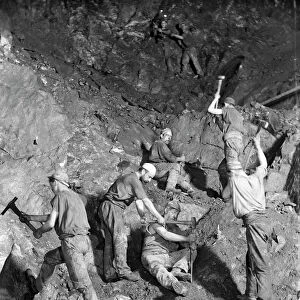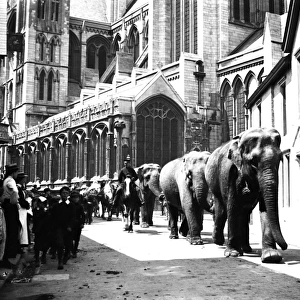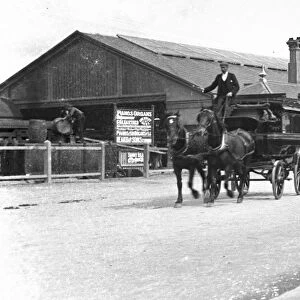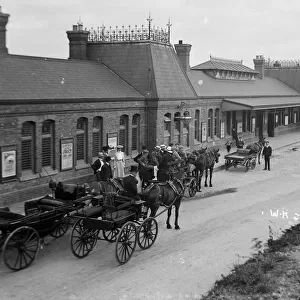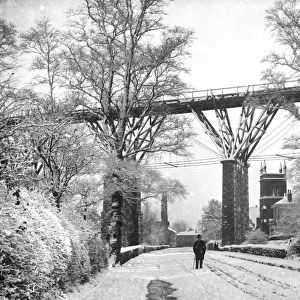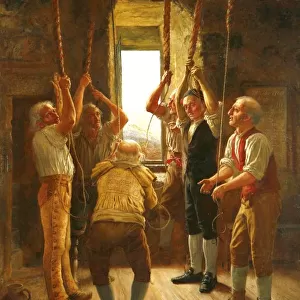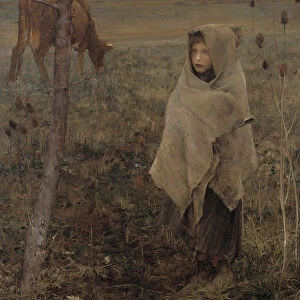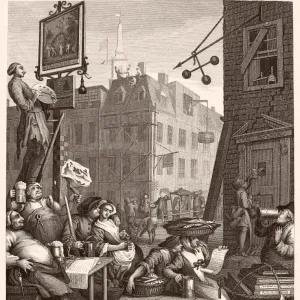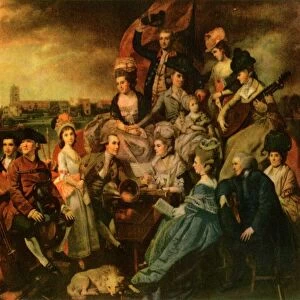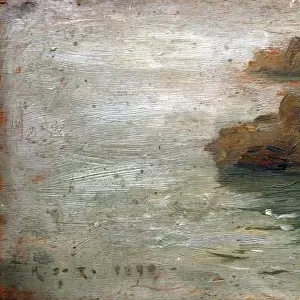Home > Arts > Art Movements > Seascapes
Timber Barque off Pendennis, Henry Scott Tuke (1858-1929)
![]()

Wall Art and Photo Gifts from Royal Cornwall Museum
Timber Barque off Pendennis, Henry Scott Tuke (1858-1929)
Oil on canvas, Newlyn School, 1897. Henry Scott Tuke was born into a Quaker family in Lawrence Street, York. In 1859 the family moved to Falmouth, where his father Daniel Tuke, a physician, established a practice. Tuke was encouraged to draw and paint from an early age and some of his earliest drawings, aged four or five years old, were published in 1895. In 1875, he enrolled in the Slade School of Art. Initially his father paid for his tuition but in 1877 Tuke won a scholarship, which allowed him to continue his training at the Slade and in Italy in 1880. From 1881 to 1883 he was in Paris where he met the artist Jules Bastien-Lepage, who encouraged him to paint en plein air (in the open air) a method of working that came to dominate his practice. While studying in France, Tuke decided to move to Newlyn, Cornwall where many of his Slade and Parisian friends had already formed the Newlyn School of painters. He received several lucrative commissions there, after exhibiting his work at the Royal Academy of Art in London. In 1885, he returned to Falmouth where many of his major works were produced. He became an established artist and was elected to full membership of the Royal Academy in 1914. Tuke suffered a heart attack in 1928 and died in March 1929. In his will he left generous amounts of money to some of the men who, as boys, had been his models. Today he is remembered mainly for his oil paintings of young men, but in addition to his achievements as a figurative painter, he was an established maritime artist and produced as many portraits of sailing ships as he did human figures. He was a prolific artist, over 1, 300 works are listed and more are still being discovered
Royal Cornwall Museum is the UK's Greatest Museum For Cornish Life & Culture
TRURI : 1986.67.3
Media ID 19240926
© RIC
Artist Artwork Blue Boat Boats Castle Coast Estuary Green Grey Headland Maritime Mast Portrait Rigging River Sail Sailing Seascape Water White Yellow Falmouth Genre
FEATURES IN THESE COLLECTIONS
> Arts
> Art Movements
> Seascapes
> Arts
> Artists
> B
> Jules Bastien-Lepage
> Arts
> Artists
> T
> Henry Scott Tuke
> Arts
> Contemporary art
> Figurative art
> Portraits
> Arts
> Landscape paintings
> Waterfall and river artworks
> River artworks
> Arts
> Still life artwork
> Oil paintings
> Portrait paintings
> Arts
> Still life artwork
> Oil paintings
> Seascape artwork
> Arts
> Portraits
> Pop art gallery
> Street art portraits
> Royal Cornwall Museum
> Fine Art
EDITORS COMMENTS
This print showcases the mesmerizing artwork of Henry Scott Tuke, a renowned artist from the Newlyn School. Titled "Timber Barque off Pendennis" this oil on canvas masterpiece was created in 1897 and reflects Tuke's exceptional talent and versatility. Born into a Quaker family in York, Tuke's passion for art blossomed at an early age. Encouraged by his father, he honed his skills and eventually enrolled at the prestigious Slade School of Art in London. It was during his time there that he discovered his love for painting en plein air, influenced by the renowned artist Jules Bastien-Lepage. Tuke's decision to settle in Newlyn, Cornwall proved fruitful as he gained recognition for his work and received numerous commissions after exhibiting at the Royal Academy of Art. While best known for his exquisite oil paintings depicting young men, it is important to note that Tuke also excelled as a maritime artist. His ability to capture both human figures and sailing ships with equal brilliance speaks volumes about his artistic prowess. Throughout his career, Tuke produced over 1,300 works of art, leaving an indelible mark on the art world. His dedication to capturing beauty through various subjects continues to inspire artists today. Sadly, Henry Scott Tuke passed away in March 1929 but left behind a lasting legacy not only through his remarkable artworks but also through generous gestures towards those who had once posed as models for him. The impact of this talented painter will forever be cherished within the realm of art history.
MADE IN THE UK
Safe Shipping with 30 Day Money Back Guarantee
FREE PERSONALISATION*
We are proud to offer a range of customisation features including Personalised Captions, Color Filters and Picture Zoom Tools
SECURE PAYMENTS
We happily accept a wide range of payment options so you can pay for the things you need in the way that is most convenient for you
* Options may vary by product and licensing agreement. Zoomed Pictures can be adjusted in the Basket.




